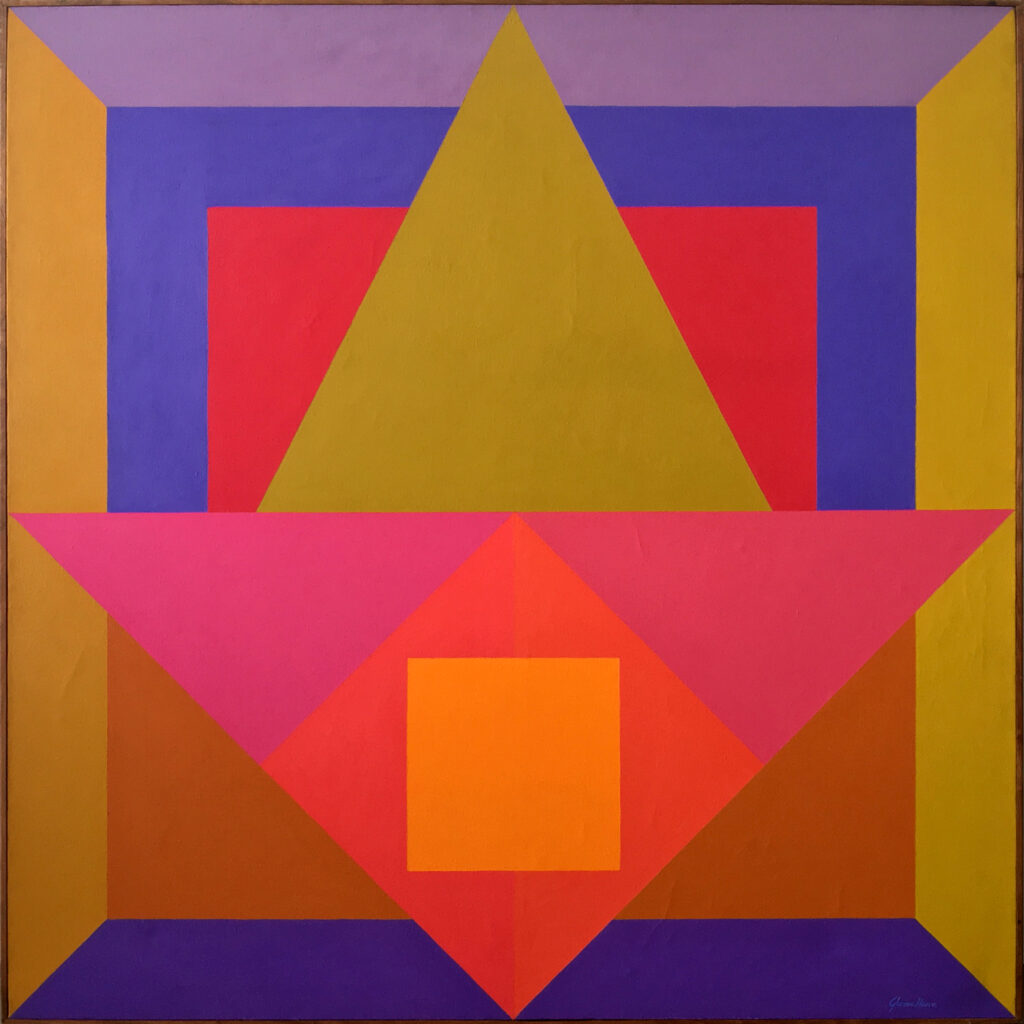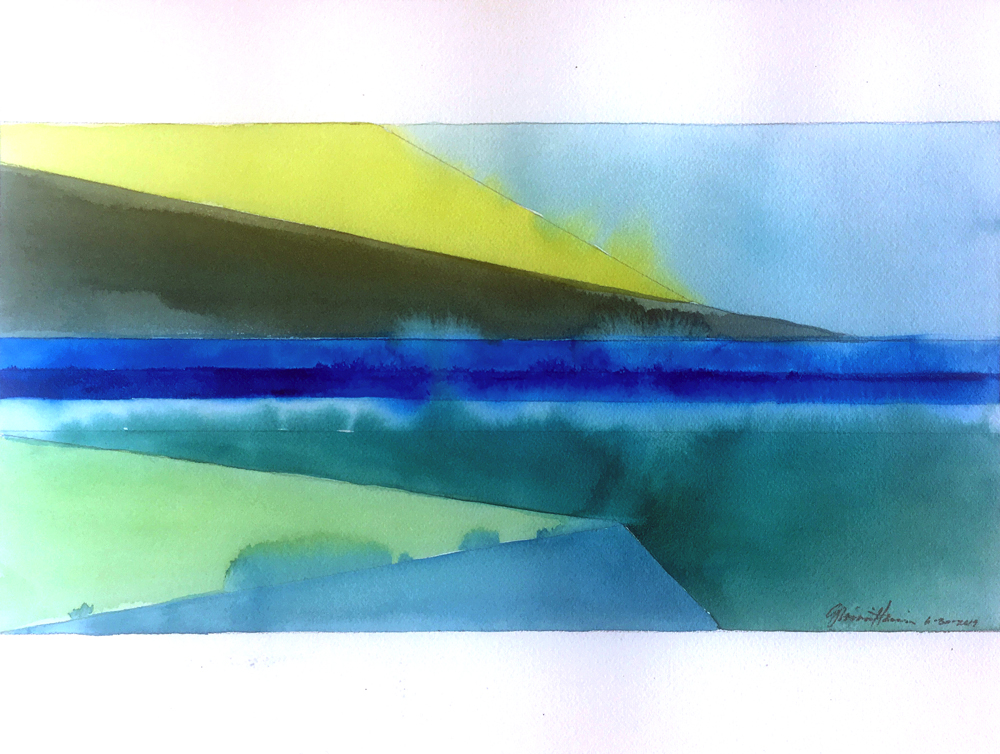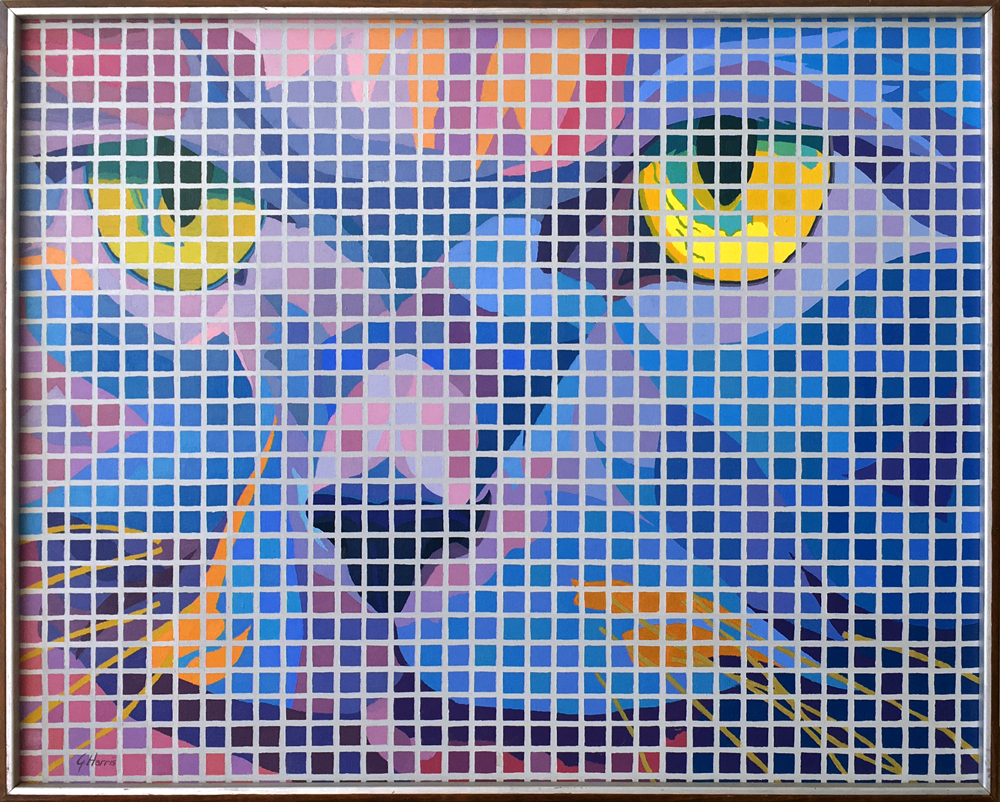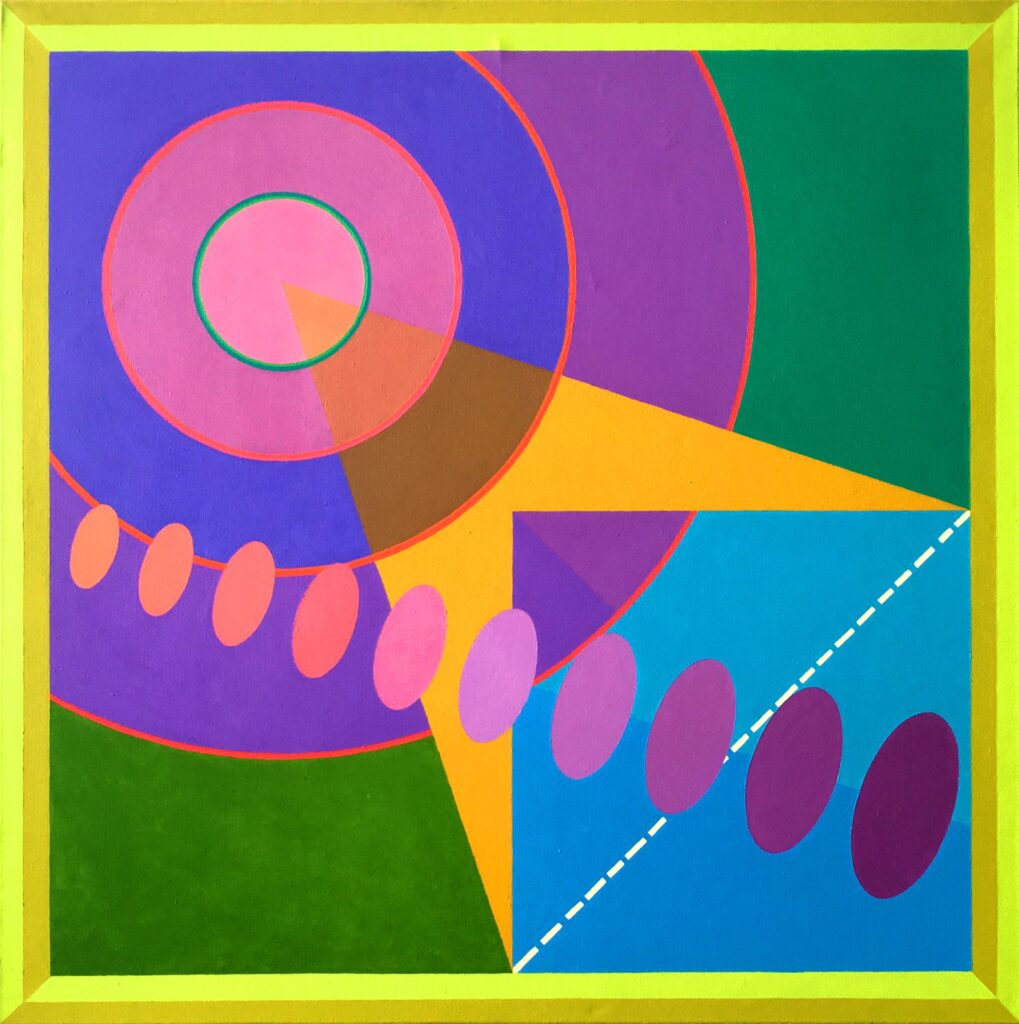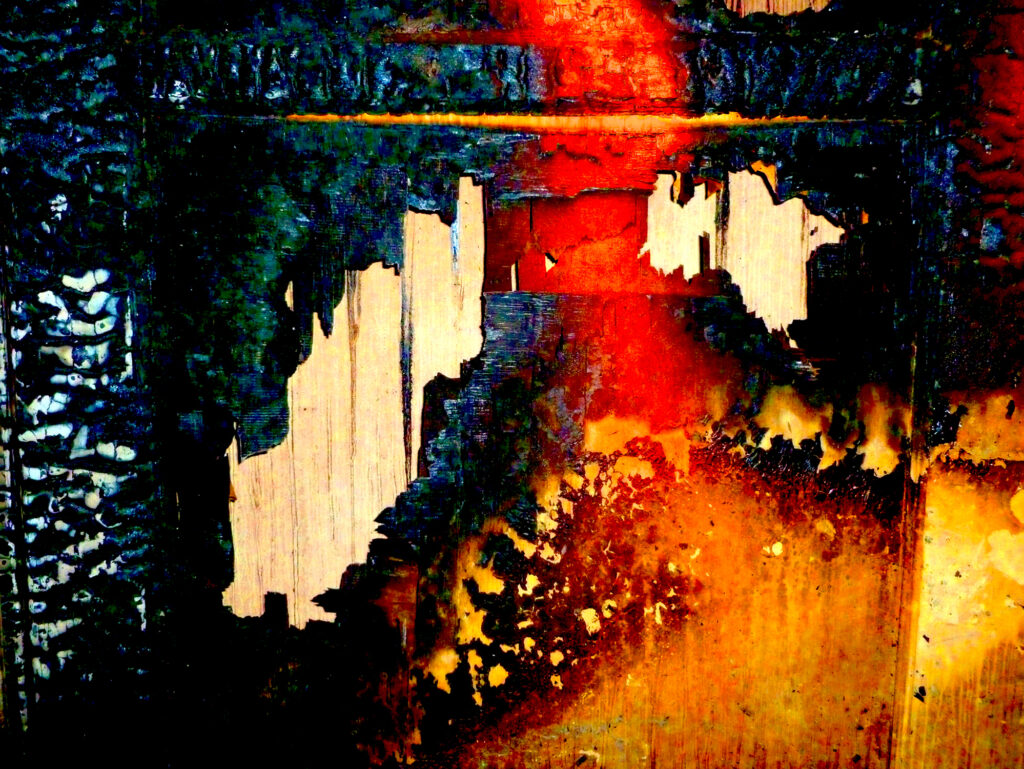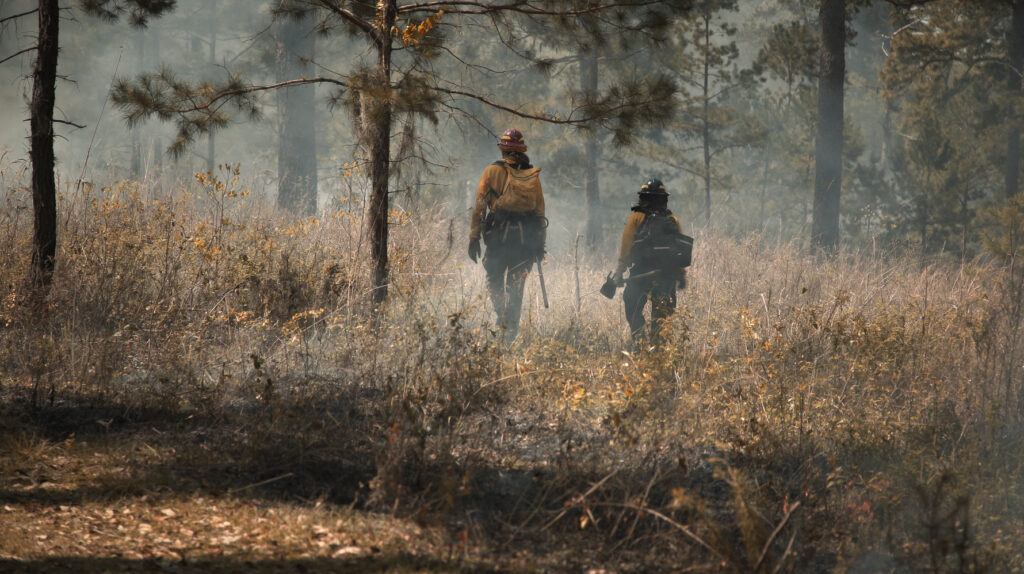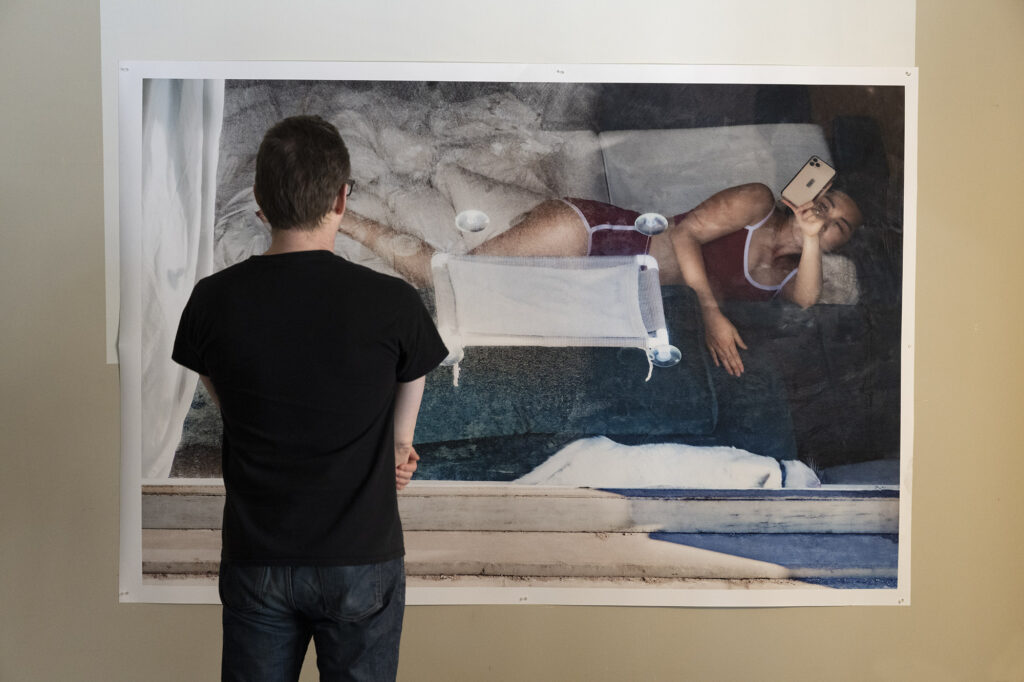
Stating the obvious, the pandemic changed many things for many people in the last year and a half. Los Angeles-based artist Brendan Lott is among them, with a photographic series that is both intimate and reserved, expressing the innate human condition: we are not solitary creatures by nature, even when circumstances keep us isolated. Beautiful, and edgily poised on voyeuristic moments, Lott’s series Safer at Home is instantly compelling to view.
I saw it for the first time on Instagram, and could not look away.
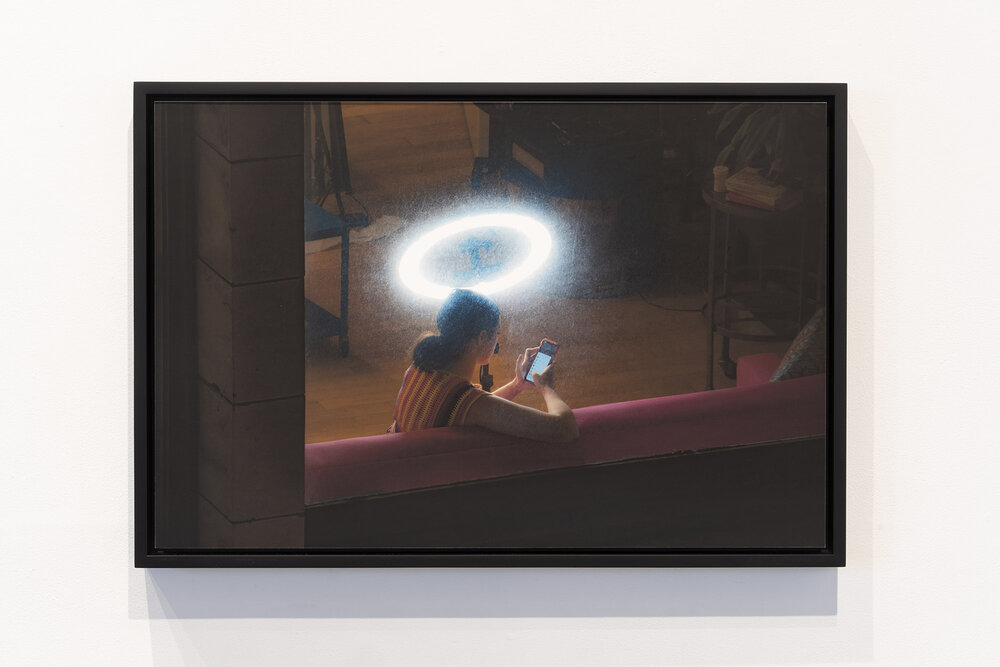
Lott explains his subjects and purpose. “My work for the past year has consisted of photographing people in their apartments from my window across the street…There’s a rigidly formal quality to the images too, which has often been a part of my work. In the past, I’ve used found images, so technically this is different, but there’s a certain ‘found’ quality to these.” He adds “They are completely candid, so I feel like I am finding these moments, rather than creating them. I think the narrative quality to these is quite different than much of my past work.”

The story Lott tells is poetic and poignant, and started, he says, almost without any planning.
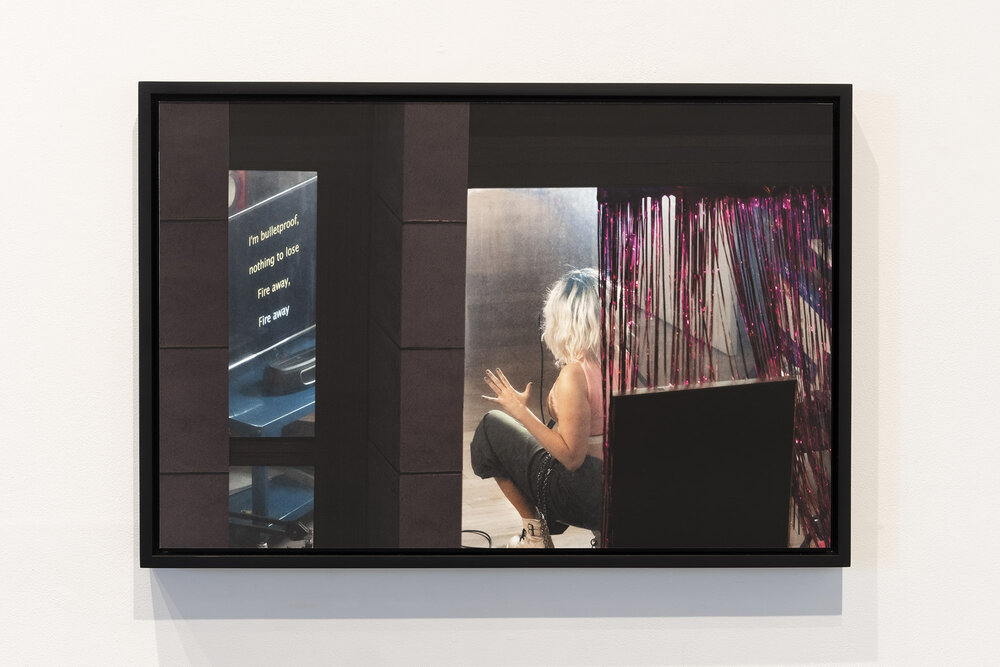
According to the artist, “The series began organically. I spent a lot of time at home looking out my window at the start of the pandemic. I begin to notice all the activity happening just across the street. I had never paid attention before. The lives happening over there. I was always too busy. So I started to pay attention and shoot.”
Lott’s keen observational eye lent itself to a precise artistic approach. “Over time I worked out the technical and formal issues involved to get [the series] where it is now. I want there to be a kind of intimacy, but also something forbidden. We’re not supposed to look, even though we can’t help it.”
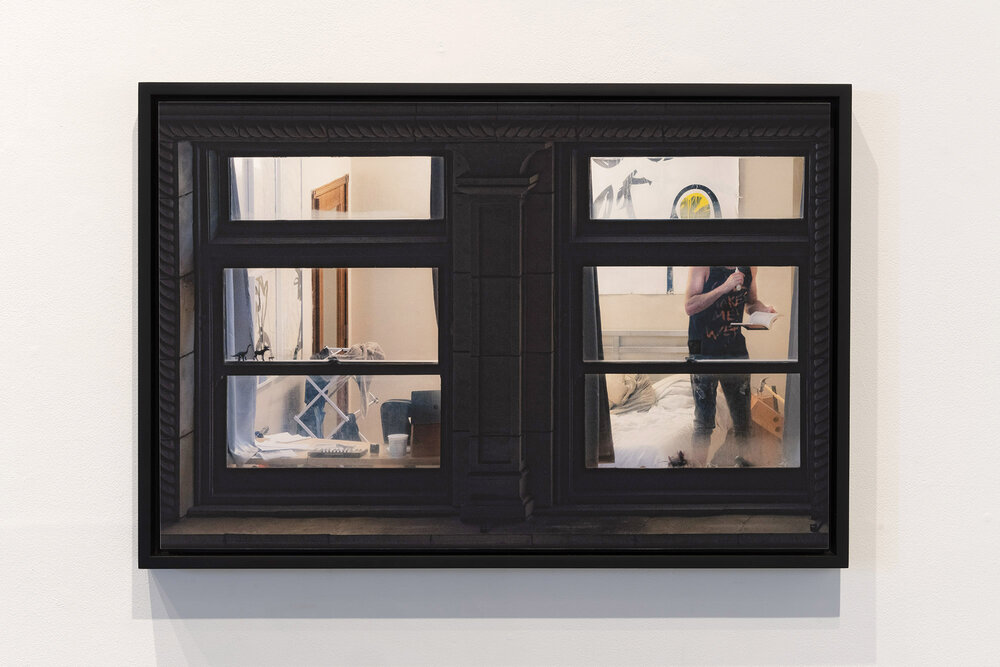
That sense of stepping into another’s world, and the potential to capture personal moments, together form a deep connection with those who view these works – even if we have no idea who these people are.
“I want these to be universal and not about the specific person or people in the image. That’s why the faces are cut off or blocked,” he says.

The image above is one of his favorites, one which Lott believes “really defined the series. The body language. Its languid. Almost sensual. The figure is small and confined in this much larger, brutalist space. It’s technically in color, but it’s essentially black and white and gray.”
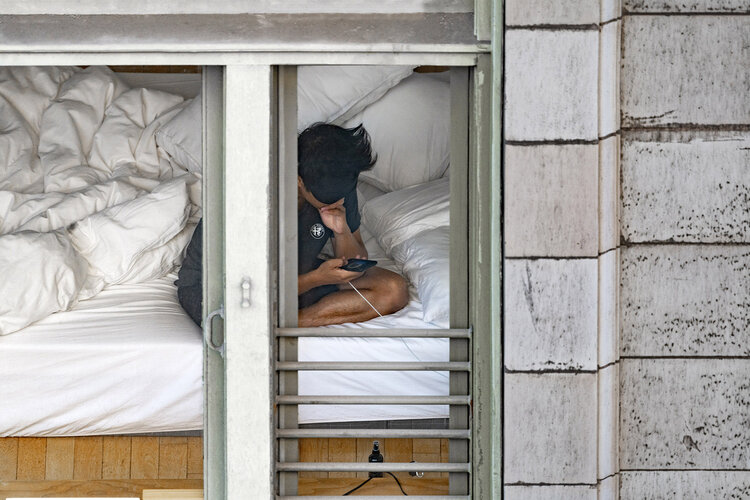
Lott explains that he wants his all work to arise “directly out of who I am and what’s happening at the moment. This series in particular relates to my health issues, my desire to stay inside during the past year because of the pandemic, my desire to look but not be seen.”
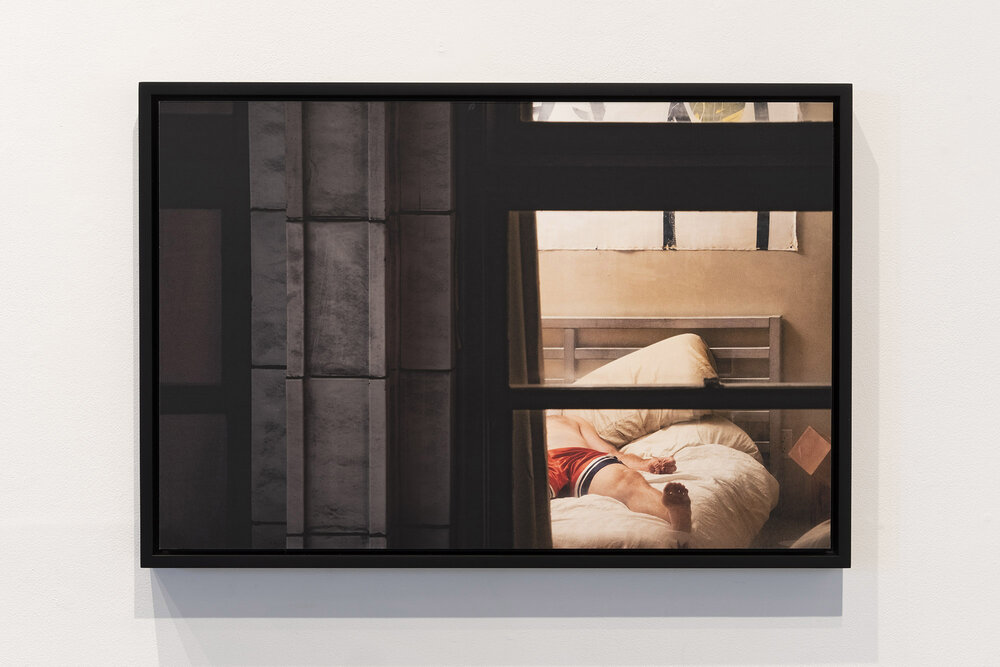
The aesthetic behind the images seems to fit neatly with our necessary pandemic masking up – we are observing yet hidden, we are partially obscured, yet still vulnerable and emotionally exposed.

Lott works in a wide range of mediums, but photography is certainly an important one to him. “Photography was my first medium, going all the way back to my teens. It will always be a part of my practice in one way or another. I’m especially excited about the camera right now and what it can do. But I’m always painting and making other things.”
Lott is represented by Walter Maciel Gallery in Los Angeles, but coming up in September, he will have several of these pieces at the USC Fischer Museum in an exhibition tentatively titled Light At The End Of The Tunnel; Art In The Time Of Pandemic, curated by Edward Goldman.
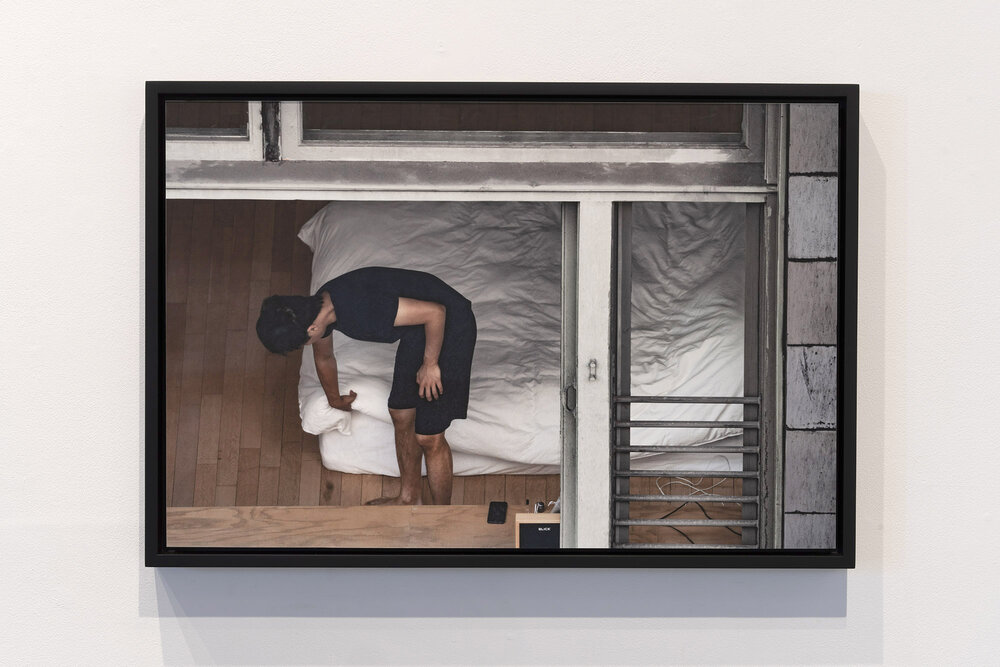
The artist says these images “feel like a book.” With that in mind, he’s on the hunt for a good publisher. The involving nature of the works certainly lends itself to such a collection, and potentially even in other directions – one can easily see them as the instigating force for short works of fiction, and a whole new take on the idea of a graphic novel.
“There’s an organic narrative that happens when these images are sequential,” Lott asserts. “The series is ongoing and I have no intention of stopping.”
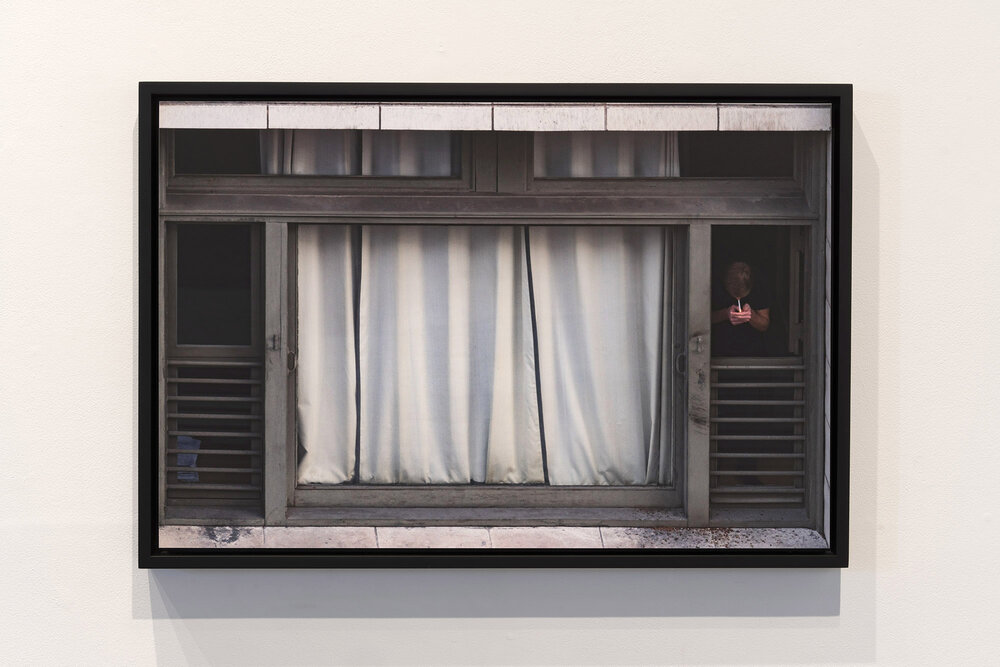
Additionally, he would like to show these works in other cities. “There isn’t anything iconically Los Angeles about them, so I’d be interested for them to be seen in another context.”
No matter where they are seen, their power is as universal as it is personal. We are shown Lott’s own view of confinement, as well as that of his subjects, and are rewarded with a full panoply of human emotion, as well as with an almost spiritual connection with his subjects. These are images that will strike any eye, and bring what we see and what we show the world in some of our most personal moments alone into a sharp and beautiful focus.
- Genie Davis; photos provided by the artist







